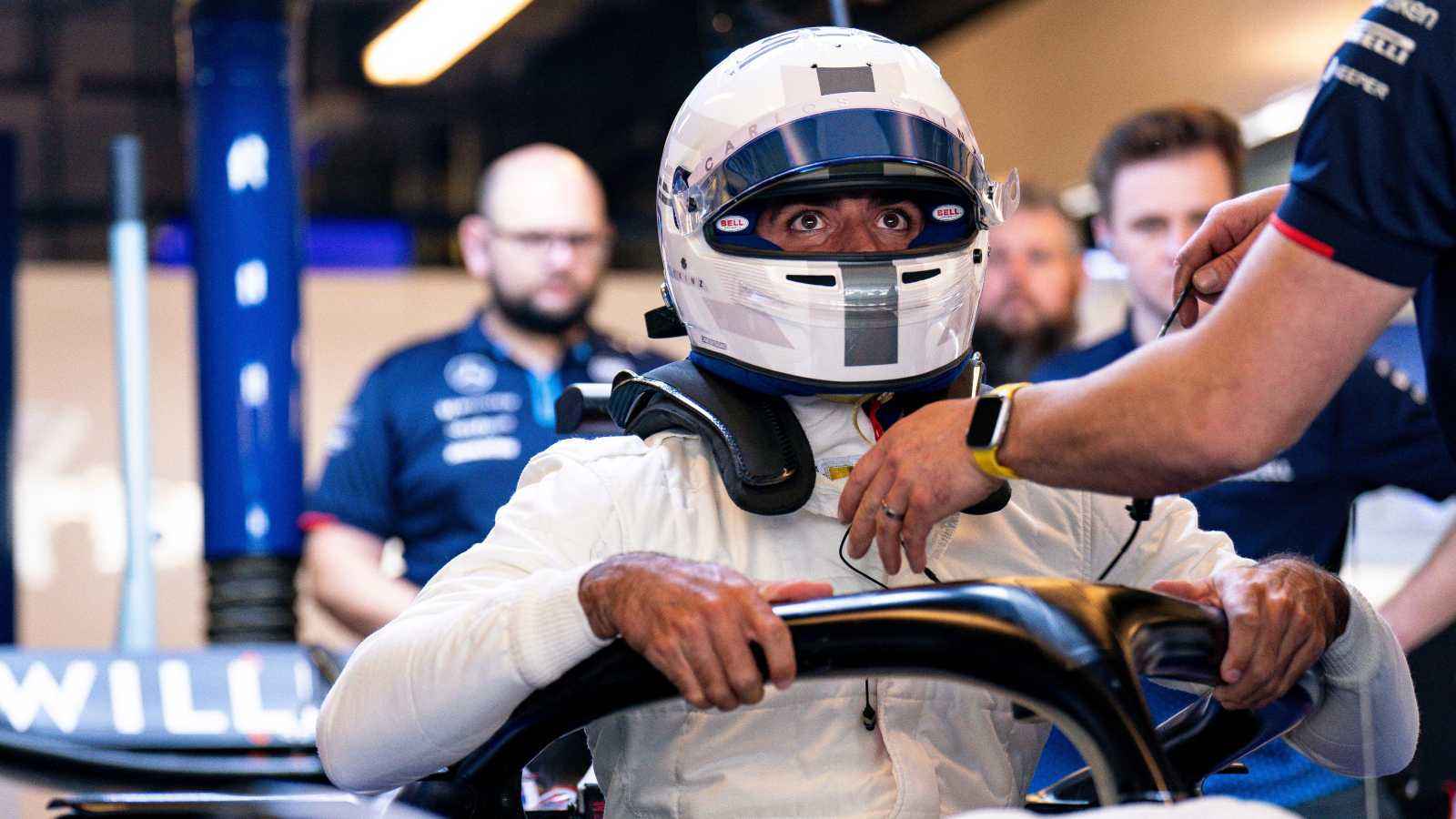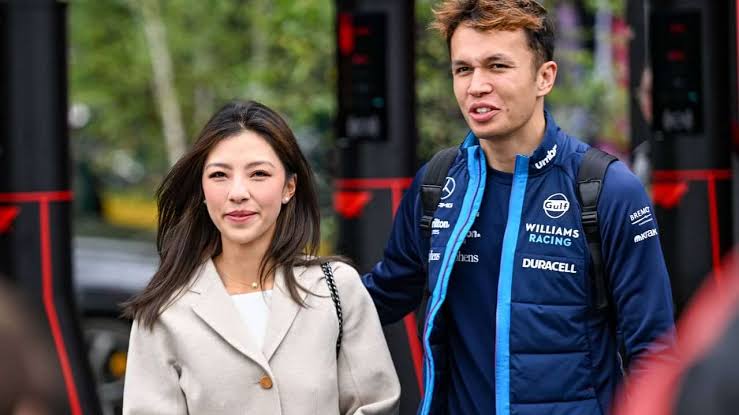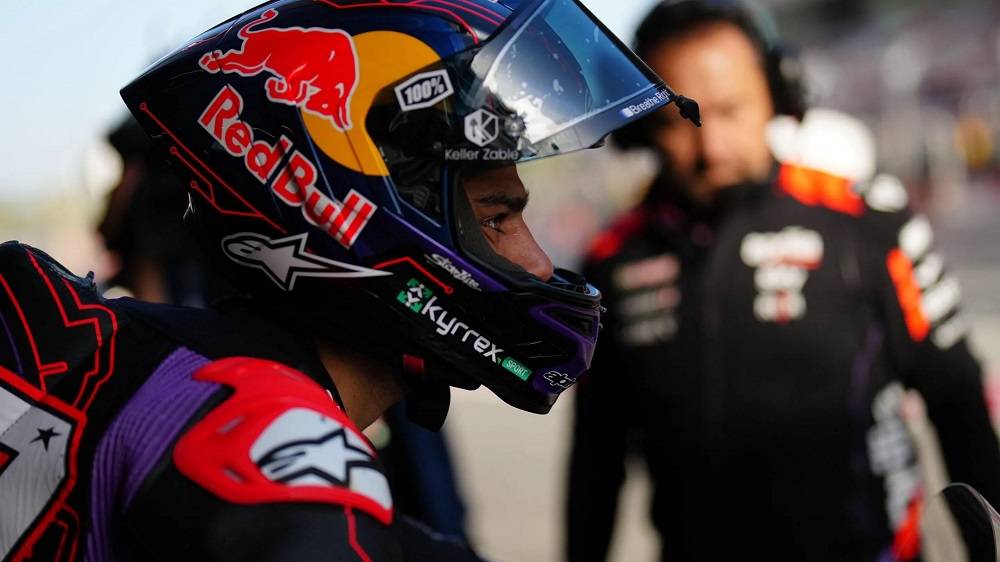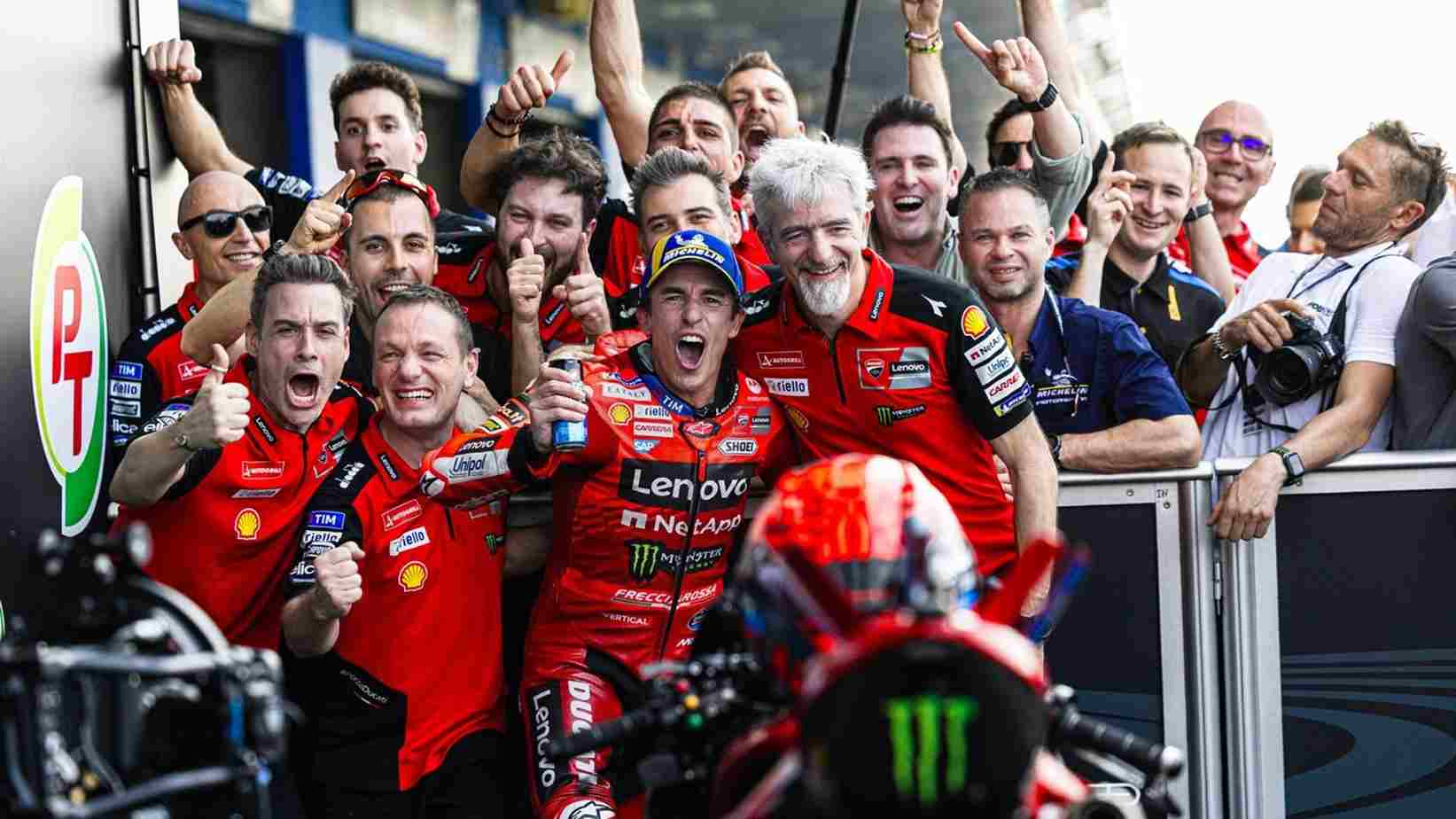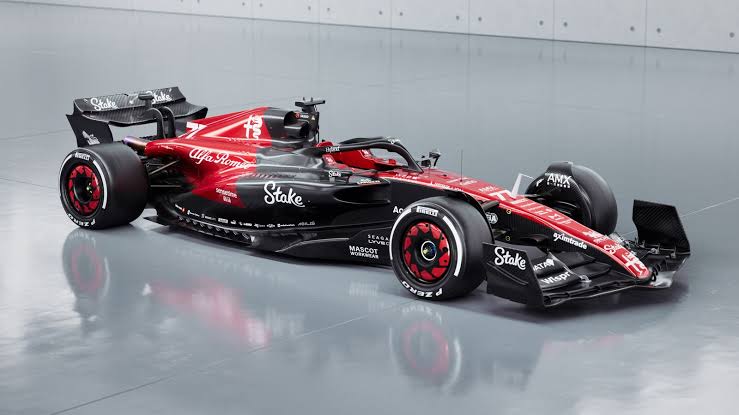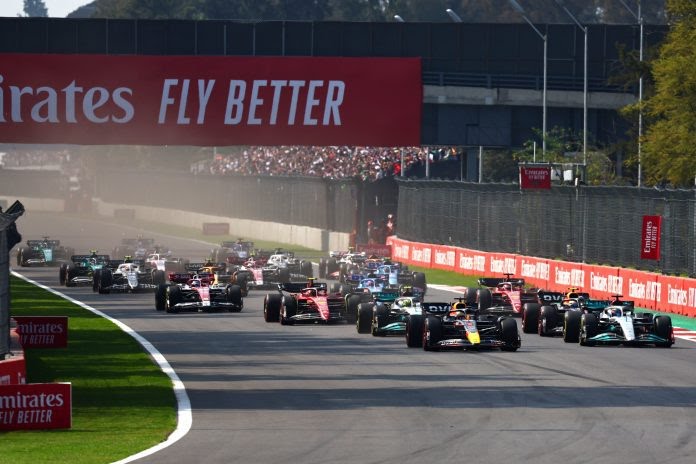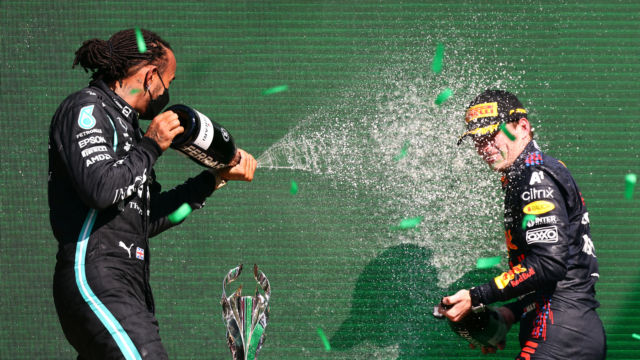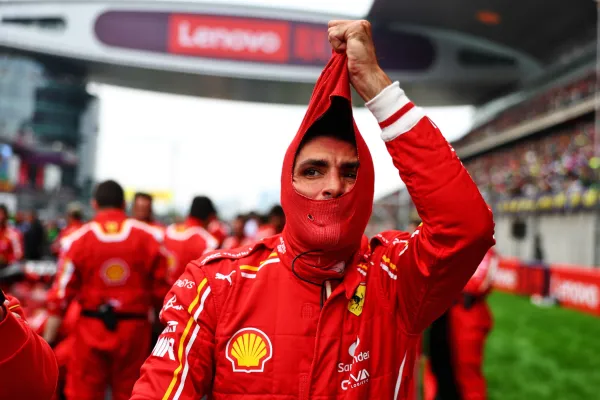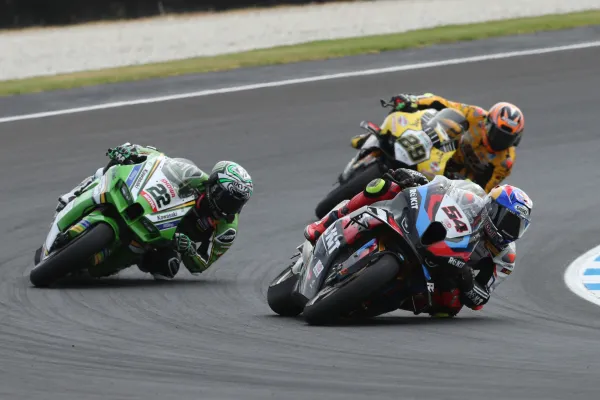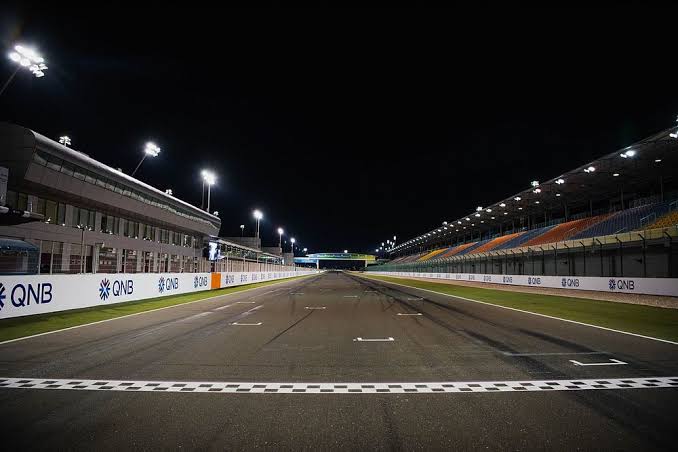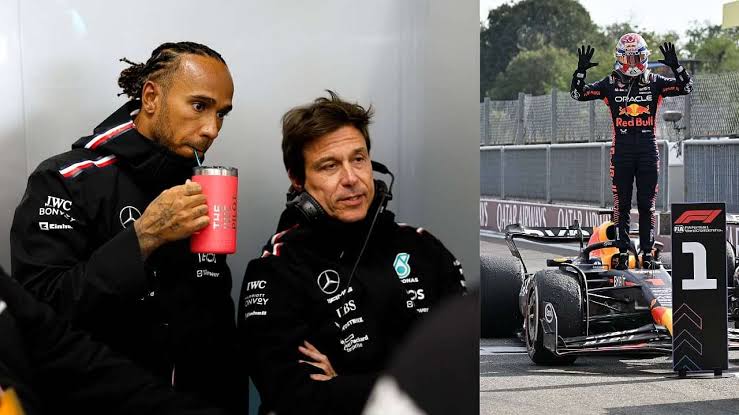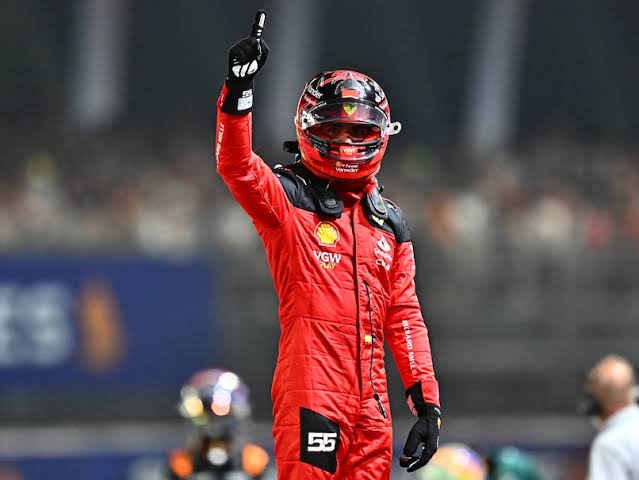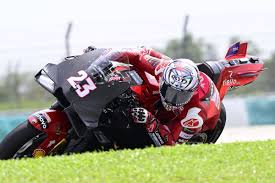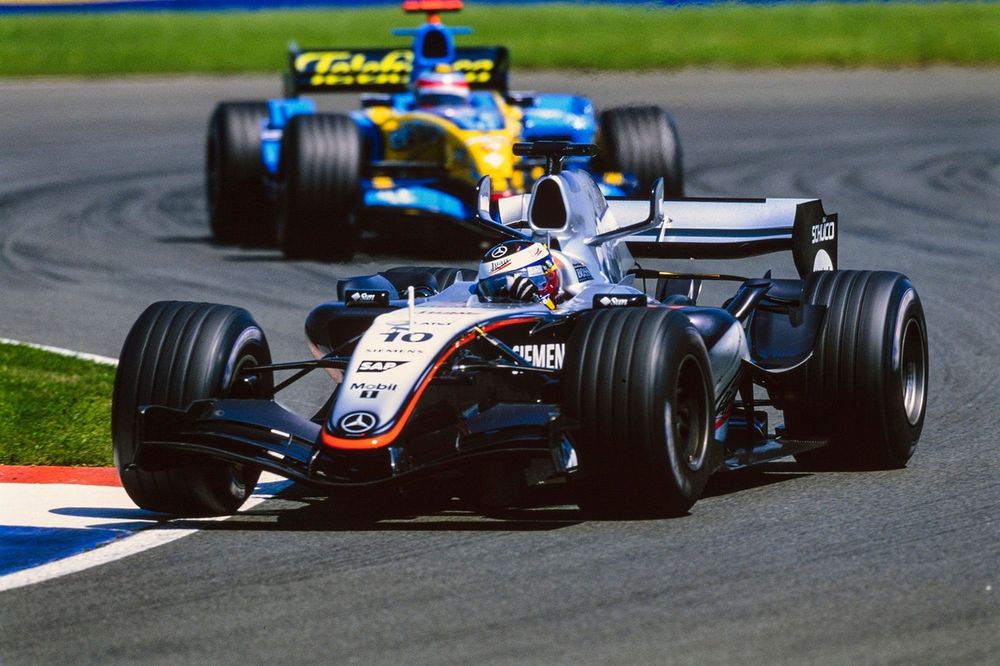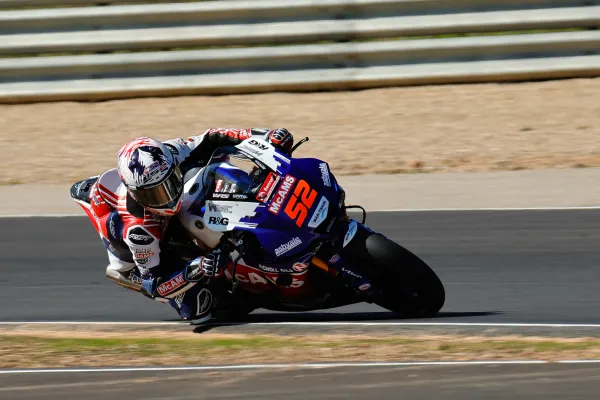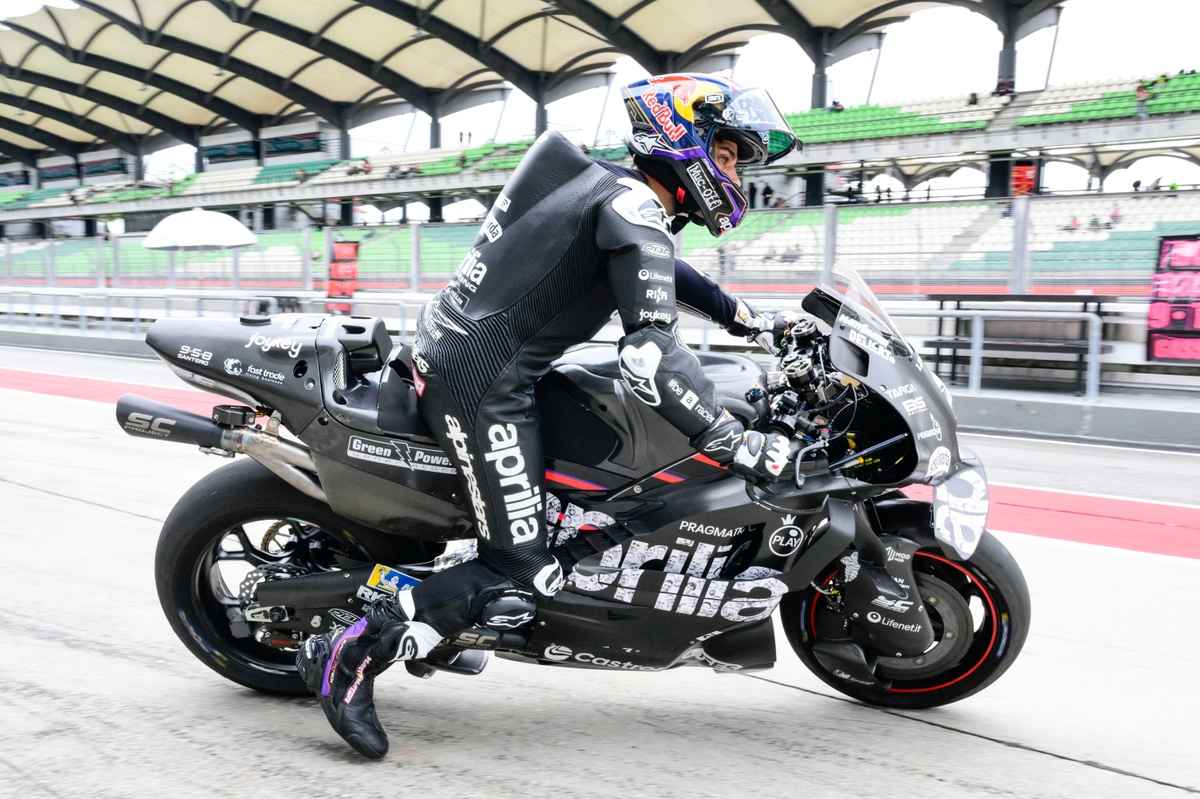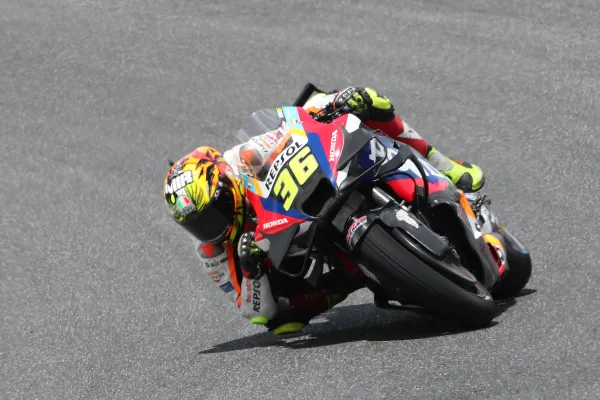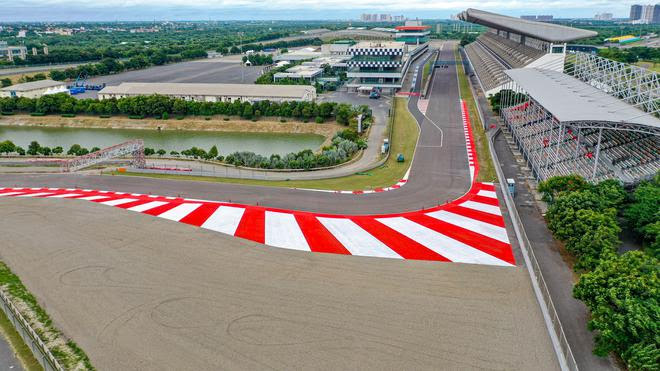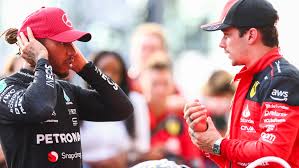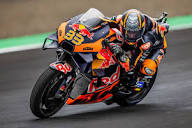Carlos Sainz’s Evolution: Unlearning Ferrari Habits To Excel At Williams F1
Carlos Sainz’s transition from Ferrari to Williams Racing in 2025 represents one of the most intriguing storylines in modern Formula 1. After four years at Ferrari, where he competed at the sharp end of the grid, Sainz now faces the challenge of adapting to a team that has historically struggled but is undergoing a resurgence. This move, driven by necessity and ambition, requires Sainz to unlearn habits developed during his Ferrari tenure to fully exploit the potential of the Williams FW45. This article explores his journey, technical adjustments, mental resilience, and the broader implications for both Sainz and Williams.
Why Carlos Sainz Chose Williams
Carlos Sainz’s departure from Ferrari was precipitated by the Scuderia’s decision to sign seven-time world champion Lewis Hamilton for 2025, leaving Sainz without a seat at one of Formula 1’s top teams. Despite interest from Alpine and Sauber (soon to become Audi’s factory team), Sainz ultimately chose Williams—a team with a storied history but a recent reputation as a midfield contender.
Williams’ ambitious plans under team principal James Vowles were key to securing Sainz’s commitment. Vowles outlined a clear path to competitiveness, particularly with major regulation changes set for 2026. “Carlos joining Williams is a strong statement of intent from both parties,” Vowles remarked. “Carlos has demonstrated time and again that he is one of the most talented drivers on the grid, with race-winning pedigree, and this underlines the upwards trajectory we are on”.
For Sainz, Williams represents both a challenge and an opportunity. “The ultimate goal of bringing Williams back to where it belongs is a challenge that I embrace with excitement and positivity,” he stated. His belief in the team’s vision underscores his readiness to contribute not only as a driver but as a leader in its revival.
Unlearning Ferrari Habits: A Complex Transition
Sainz’s adaptation to Williams goes beyond learning how to drive a new car; it involves unlearning deeply ingrained habits developed during his time at Ferrari. At Maranello, Sainz tailored his driving style to suit Ferrari’s high-downforce philosophy, which prioritized specific cornering techniques and aggressive setups. These habits now pose limitations when applied to the Williams FW45.
“I was used to a certain type of car at Ferrari which made me end up driving in a very specific way,” Sainz admitted. The Williams car demands a more balanced approach due to its distinct aerodynamic profile and handling characteristics. This adjustment process requires both technical recalibration and mental flexibility3.
Technical Challenges: From Maranello to Grove
The technical differences between Ferrari and Williams are stark. While Ferrari’s cars are designed for consistent podium finishes, Williams has focused on incremental improvements over recent seasons. In 2024, Williams finished ninth in the Constructors’ Championship with 17 points—far from Ferrari’s second-place finish with 290 points contributed by Sainz alone.
Sainz’s ability to adapt hinges on understanding these differences and collaborating effectively with engineers. “I’ll be trying different compromises with car setup and see if they work,” he explained. This iterative process is critical as he works toward optimizing his driving style for the FW45.
Williams boss James Vowles has emphasized that Sainz brings not only experience but also “a fierce drive to extract every millisecond out of the team and car”. This synergy between driver and team could unlock performance gains that accelerate Williams’ trajectory toward competitiveness.
Mental Resilience: The Key Factor
Beyond technical adjustments, mental resilience is central to Sainz’s adaptation process. Switching teams often triggers instinctive responses under pressure—responses shaped by years of muscle memory. For Sainz, relearning how to approach corners and manage tire degradation represents “the biggest challenge” of this transition.
Despite these hurdles, Sainz remains optimistic about his ability to adapt quickly. “It’s something that takes time and effort from a mental perspective, but it’s a challenge I’ve always enjoyed,” he said. His positive outlook reflects his broader philosophy as an athlete who thrives under pressure3.
Williams’ Ambitions: A Perfect Fit for Sainz
Williams Racing has made significant strides under Dorilton Capital ownership, investing heavily in infrastructure and personnel. With sweeping regulation changes on the horizon in 2026—including sustainable fuel mandates—the team aims to leverage its experienced driver lineup for stability and growth.
Sainz joins Alex Albon in what Vowles describes as “one of the most formidable driver line-ups on the grid”. This pairing combines race-winning pedigree with adaptability—qualities essential for navigating Formula 1’s evolving landscape.
For Sainz, this project aligns perfectly with his aspirations. “I am convinced that this team has all the right ingredients to make history again,” he stated. His commitment reflects both confidence in Williams’ vision and determination to contribute meaningfully.
Early Struggles: A Reality Check
Sainz’s first races with Williams have been challenging, highlighting the steep learning curve associated with switching teams. While teammate Alex Albon scored points early in the season, Sainz managed only one point after disqualifications reshuffled results in Shanghai.
Such struggles are not uncommon during transitions, especially when adapting from top-tier machinery like Ferrari’s SF-23 to midfield contenders like Williams’ FW45. For Sainz, this period is less about immediate results and more about laying the groundwork for long-term success.
What Lies Ahead for Carlos Sainz?
As Carlos Sainz navigates this transitional phase, several factors will determine his success:
Adaptation Speed: How quickly can he unlearn Ferrari habits and optimize his driving style for the Williams FW45?
Team Dynamics: Building chemistry with Alex Albon and integrating into Williams’ culture will be essential.
Technical Evolution: Collaborating with engineers on setup adjustments could unlock hidden performance.
Mental Fortitude: Staying focused amid challenges will be key as he works toward consistent results.
Conclusion: A New Chapter for Carlos Sainz
Carlos Sainz’s move from Ferrari to Williams represents more than just a change of scenery; it is an opportunity for reinvention. By unlearning old habits and embracing new challenges, he has positioned himself as both a key player in Williams’ resurgence and an example of adaptability in Formula 1.
As fans eagerly watch his progress, one thing is clear: this journey will test every facet of his skill set—from technical expertise to mental resilience.
With determination guiding him through this transitional phase, Carlos Sainz has all the ingredients needed not only to thrive at Williams but also to redefine his legacy in Formula 1.
